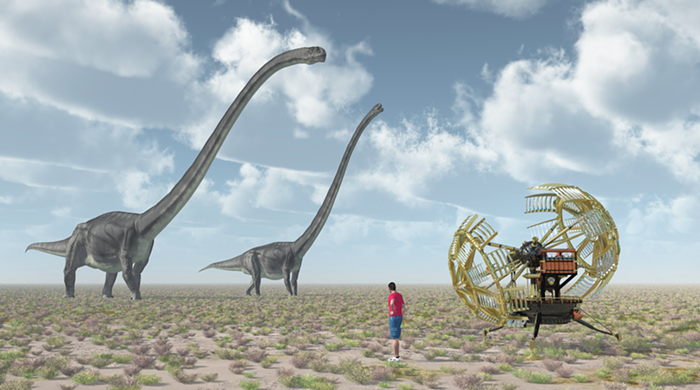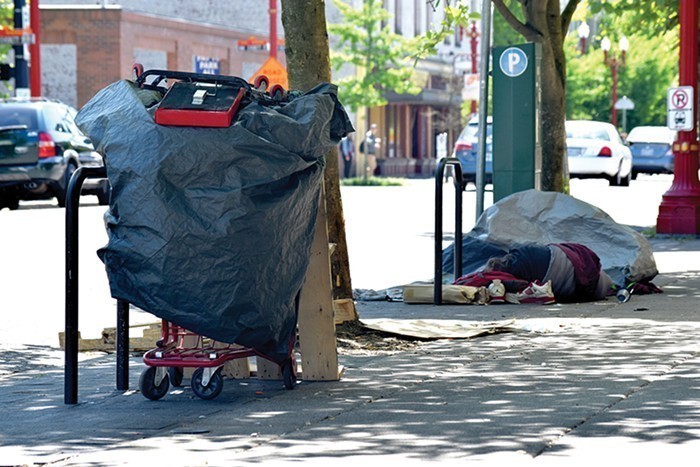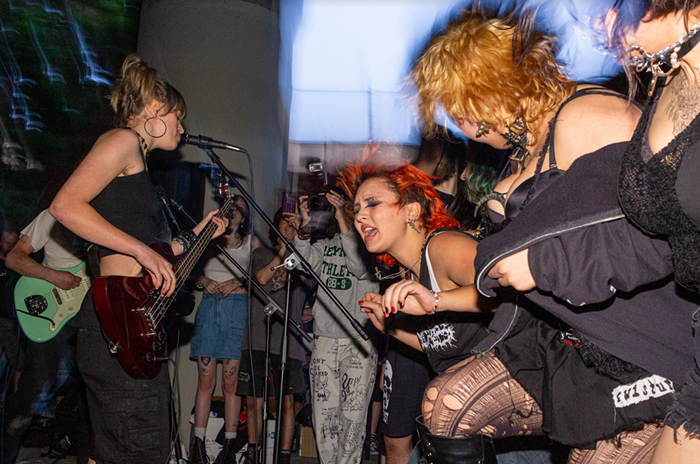"WHAT'S THAT?" I ask. Willie Rates and I are crouched in the loft of his parents' home; storyboard sketches litter the floor, alongside Lego dioramas, a plastic skull, and packets of torn-open Sculpey. I move our attention to a cardboard box with its side cut open; inside are small, twisted pieces of clay. "Oh," says Rates, "future Armageddon scene." Five of these creatures will become extinct, he tells me, three will survive, and two will evolve (eventually, after a generation).
Rates is 12 years old and clad in khaki shorts and a yellow T-shirt, with his ubiquitous pharaoh's hat perched cock-eyed on his head. I've asked him to show me around his film sets. The plan is to make a stop-motion film of his Armageddon scene; it will be one of more than 100 shorts created under his film label, KhAnubis Productions, which is a stockpile for his passions: dinosaurs and ancient Egypt. It's difficult to keep up with Rates' ventures—they make up an incredible, idiosyncratic world.
Rates is one of five people diagnosed with Asperger's Syndrome (a high-functioning form of autism) in A Different Kind of Normal: Stories of Asperger's Syndrome, a photo exhibit currently on display at i witness gallery. Photojournalist Leah Nash began the series as a volunteer photographer for Street Roots—a semi-monthly newspaper vended by the local homeless community—where she met her first subject with Asperger's. Nash later received a project grant from the Regional Arts and Culture Council, and spent over a year documenting her subjects, resulting in a serial feature in Street Roots from November-December of 2011.
The exhibit at i witness is grouped by subject (Rates, Anna Bauer, Leska Emerald Adams, Elesia Ashkenazy, and Melissa Walsh). The images are masterful and ripe with narrative; they seem candid and impromptu, but are cinematic in their colors and composition. If there is commotion in the image, subjects appear focused; they stare down or off into space—never at the source of activity or the camera. Often there is a pensiveness and inwardness that's tough to penetrate.
General traits of Asperger's Syndrome include difficulty with language acquisition, highly developed special interests, and impeded social skills. Statistics suggest that everyone knows at least someone with Asperger's; nationally, one in 88 children have it, says the Centers for Disease Control and Prevention, with diagnoses on the rise. Awareness of the syndrome is also increasing, due in part to memoirs by prominent people living with Asperger's (animal scientist Temple Grandin in 1995, writer Tim Page in 2009). Recent speculation has put Albert Einstein on the autism spectrum, as well as Steve Jobs.
Anna Bauer is 22 and lives with her mom in Southwest Portland. In their backyard one afternoon we talked at length about Bauer's love for shot clocks and scoreboards—an obsession that has become an expertise and has compelled her to acquire her own shot clock on eBay. They are inseparable. The shot clock sat in the backyard with us. Bauer travels with it on vacations. "It's like a partner. Sometimes it's like a sister," she tells me. In the exhibit, she is photographed lying on her shot clock, in a moment of consolation.
In a short, poignant documentary featured in the exhibit, subject Elesia Ashkenazy speaks out, "I don't need to be fixed. I want to be accommodated. And I want to be respected." A Different Kind of Normal includes only a snippet of the photos that Nash shot, but they are a glimpse into complex lives—they are portraits of accommodation and acceptance.













